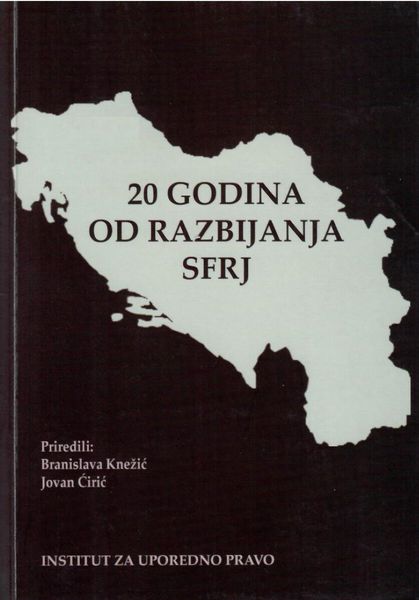Stanje srpske privrede u poređenju sa bivšim republikama dvadeset godina nakon raspada SFRJ
Economic Position of Serbia in Comparison to the Economies of Other Former Republics Two Decades After the Collapse of SFRY
Author(s): Isidora Beraha, Sonja Đuričin
Subject(s): National Economy, Economic history, Political economy, Transformation Period (1990 - 2010), Present Times (2010 - today)
Published by: Institut za uporedno pravo
Keywords: economic trends; SFRY; transition; gross domestic product; external debt; foreign direct investments; unemployment; foreign trade deficit; comparative analysis
Summary/Abstract: The main objective of the paper is to analyze the economic position of Serbia i. e. to evaluate the current level of development of the Serbian economy in comparison to the economies of the former Yugoslav republics. It is evident that two decades after the collapse of the Socialist Federal Republic of Yugoslavia (SFRY) former republics are facing rather inconvenient economic trends, of which the most important are unsatisfactory level of actual Gross domestic product (GDP), high unemployment and foreign trade deficits, insufficient foreign direct investments (FDI) and growing indebtedness. Bearing in mind that the above economic trends are caused by different levels of economic development of the individual republics, different political and economic circumstances as well as the dynamics and the way they implemented a comprehensive reform of economic and political life in order to shift from a centrally planned to a market based economy and integrate into the European Union (EU), paper reviews the historical events that followed the disintegration of SFRY and the basic characteristics of the transition of former Yugoslav republics.
Book: 20 godina od razbijanja SFRJ
- Page Range: 275-303
- Page Count: 29
- Publication Year: 2011
- Language: Serbian
- Content File-PDF

